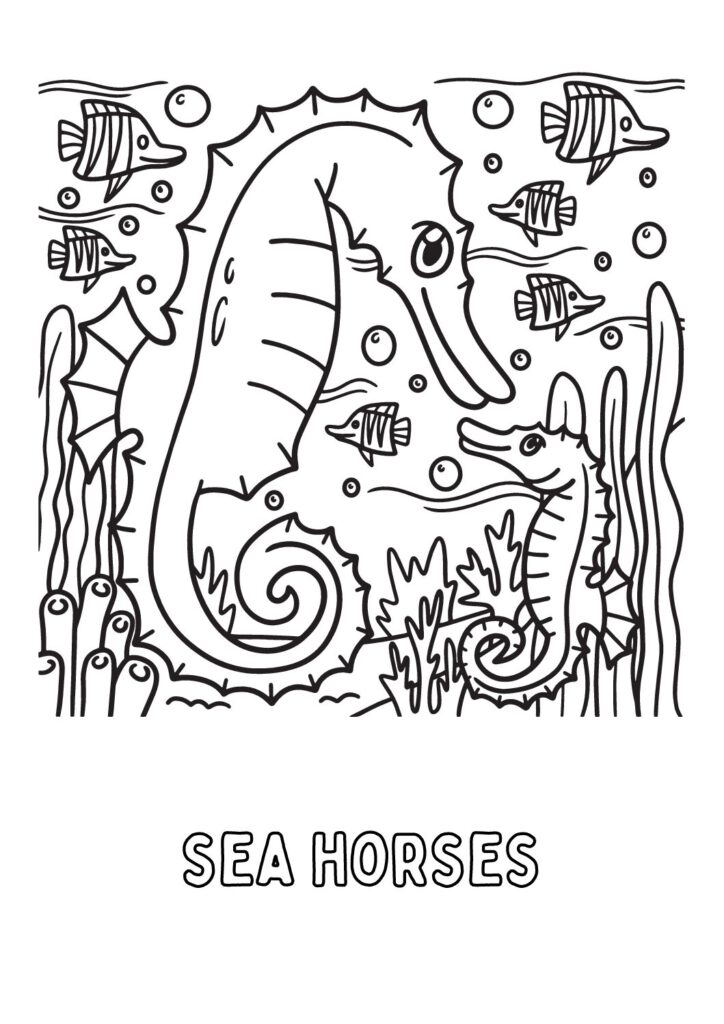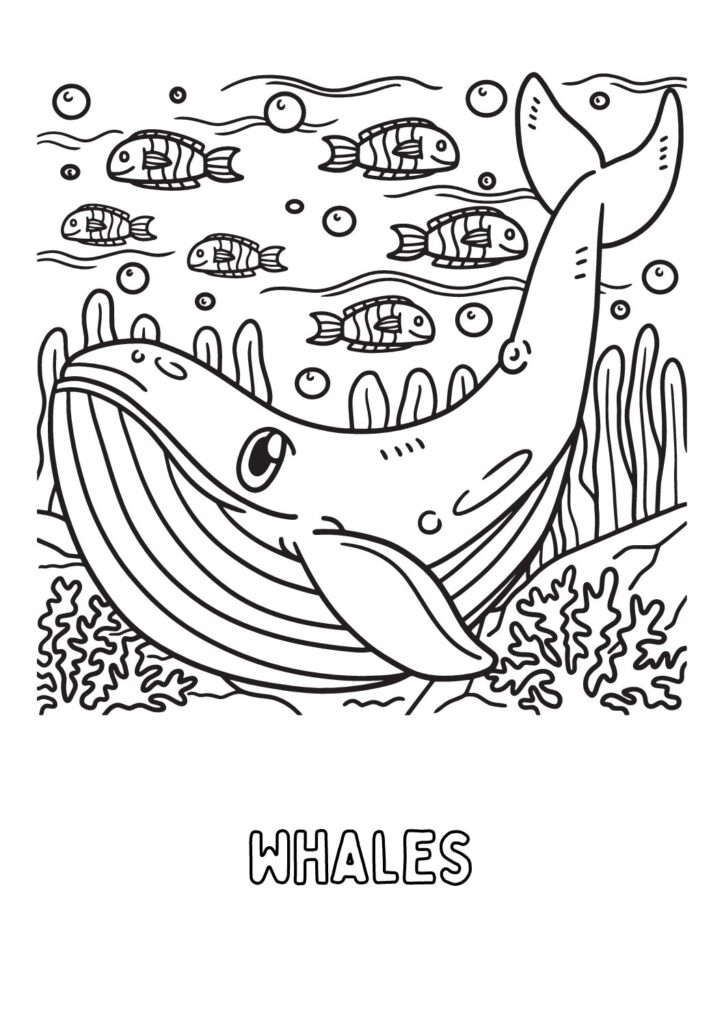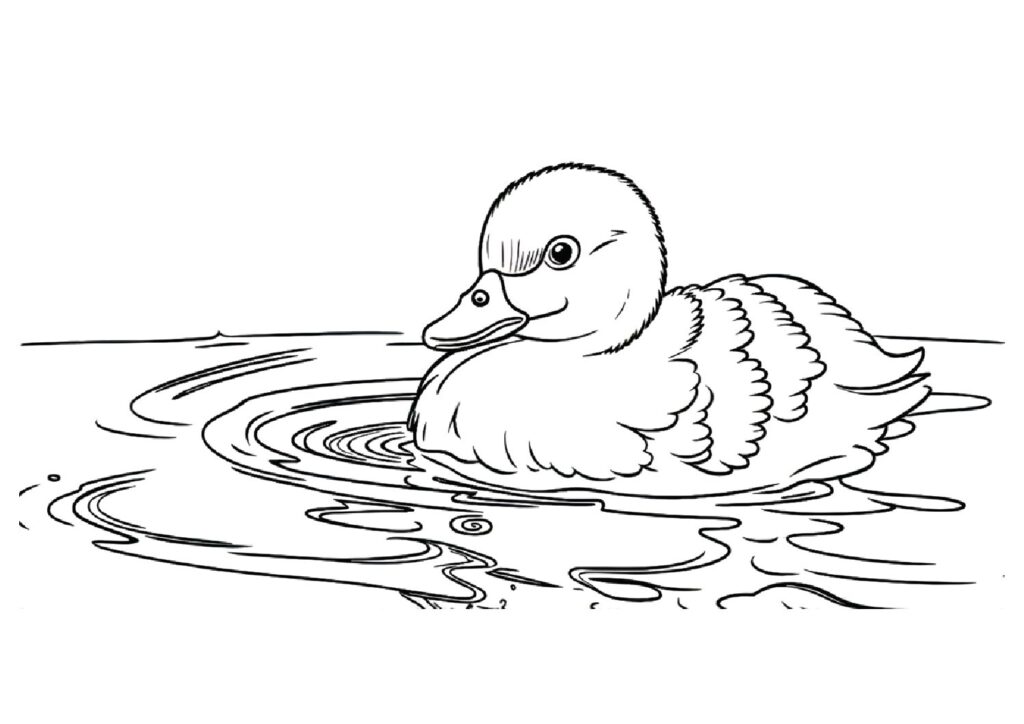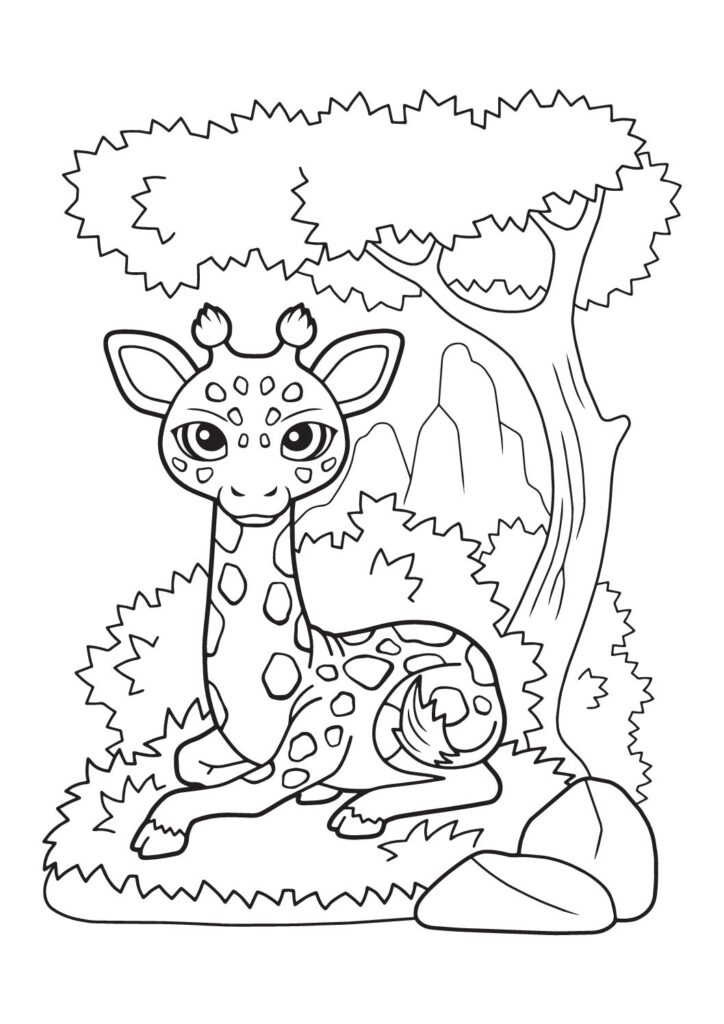2 Free Sea Coloring Pages for Download (Printable PDF)

Swim into our free printable collection of sea animal coloring pages featuring these fascinating marine creatures in their vibrant underwater poses! Download these high-quality sheets showcasing popular ocean dwellers like dolphins, sharks, whales, and colorful tropical fish displaying their unique adaptations and graceful movements. Perfect for kids and ocean enthusiasts, these detailed marine coloring pages capture the diverse nature of these remarkable creatures known for their incredible underwater abilities and important roles in ocean ecosystems. Each printable sheet brings these amazing aquatic animals to life, highlighting their streamlined bodies, distinctive features, and dynamic underwater presence!
Remarkable Sea Animal Facts: The Complete Guide to Ocean's Extraordinary Creatures
Introduction
The oceans cover approximately 71% of Earth’s surface, housing an astonishing diversity of life representing over 80% of the planet’s living space. These vast underwater realms support an estimated 2.2 million species ranging from microscopic plankton to the blue whale—Earth’s largest animal—with new discoveries continuing to expand our understanding of marine biodiversity. This remarkable underwater world contains some of evolution’s most extraordinary adaptations, from the deepest ocean trenches to vibrant tropical reefs.
Extreme Depth Adaptations
Animals inhabiting the hadal zone—ocean depths exceeding 20,000 feet—survive under pressures exceeding 1,000 atmospheres where they’ve evolved remarkable adaptations including specialized pressure-resistant proteins and membranes. The Mariana snailfish lives at depths exceeding 26,000 feet where it endures pressures that would crush most submarines, while specialized bacteria in these environments have yielded enzymes now used in COVID-19 testing kits due to their extraordinary stability, demonstrating how extreme adaptations can benefit human technology.
Extraordinary Intelligence
Marine mammals demonstrate remarkable cognitive abilities, with bottlenose dolphins recognizing themselves in mirrors, comprehending abstract concepts, and using specialized signature whistles that function essentially as names for individual recognition. Octopuses display problem-solving capabilities comparable to primates despite evolving along completely separate evolutionary pathways, capable of navigating mazes, using tools, recognizing human faces, and even escaping from sealed aquariums through astonishingly complex sequences of actions demonstrating advanced planning capabilities.
Sensory Innovations
Sea animals have evolved sensory systems vastly different from terrestrial species, including the extraordinary electroreception capabilities of sharks that detect minute electrical fields generated by all living organisms’ muscle contractions. Mantis shrimp possess the most complex eyes known to science with 16 types of photoreceptors (humans have just three) enabling them to see polarized light and multiple wavelengths invisible to humans, while certain deep-sea fish have developed bioluminescent lures containing symbiotic bacteria that produce light to attract prey in permanent darkness.
Extraordinary Longevity
Several marine species demonstrate exceptional longevity, including the Greenland shark that can live over 400 years—with some individuals swimming today that were born before the United States declared independence. Ocean quahog clams regularly live over 200 years with the oldest documented specimen reaching 507 years, while certain deep-sea tube worms appear virtually ageless with lifespans potentially exceeding 300 years, demonstrating how the stable, cold environments of certain ocean regions can facilitate extraordinary lifespan extensions.
Migration Marvels
Marine animals undertake some of Earth’s most impressive migrations, with Arctic terns traveling nearly 50,000 miles annually between Arctic and Antarctic regions—the longest known animal migration. Great white sharks navigate with exceptional precision across thousands of miles of open ocean using Earth’s magnetic field as guidance, while certain eels undertake remarkable life-cycle journeys beginning in the Sargasso Sea before traveling thousands of miles to freshwater rivers, maturing for decades, then returning to their birthplace to reproduce and die.
Conservation Challenges
Despite covering most of Earth’s surface, marine ecosystems face unprecedented threats including plastic pollution affecting over 800 marine species, ocean acidification from atmospheric carbon dioxide threatening shellfish and coral reefs, and industrial fishing practices capturing nearly 90% of predatory fish. Conservation efforts including marine protected areas, sustainable fishing certification, and emerging technologies for removing ocean plastics offer hope, though addressing climate change impacts remains essential for preserving these remarkable ecosystems.





















































